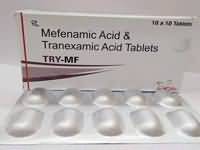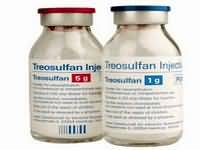Sinemet

Sinemet
CLINICAL USE
Treatment of ParkinsonismDOSE IN NORMAL RENAL FUNCTION
75–800 mg carbidopa daily in divided doses after mealsPHARMACOKINETICS
DOSE IN RENAL IMPAIRMENT
GFR (mL/MIN)
DOSE IN PATIENTS UNDERGOING RENAL REPLACEMENT THERAPIES
IMPORTANT DRUG INTERACTIONS
Potentially hazardous interactions with other drugsAnaesthetics: risk of arrhythmias with volatile liquid anaesthetics such as halothaneAntidepressants: hypertensive crisis with MAOIs and linezolid (including moclobemide) – avoid for at least 2 weeks after stopping MAOIBupropion: increased risk of side effects of levodopaFerrous sulphate: reduces AUC of levodopa by 30–50%, clinically significant in some but not all patientsADMINISTRATION
Reconstition
–Route
OralRate of Administration
–Comments
OTHER INFORMATION
Can be used to treat restless legs syndrome May cause dark urine
See how to identify renal failure stages according to GFR calculation
See how to diagnose irreversible renal disease
Home








